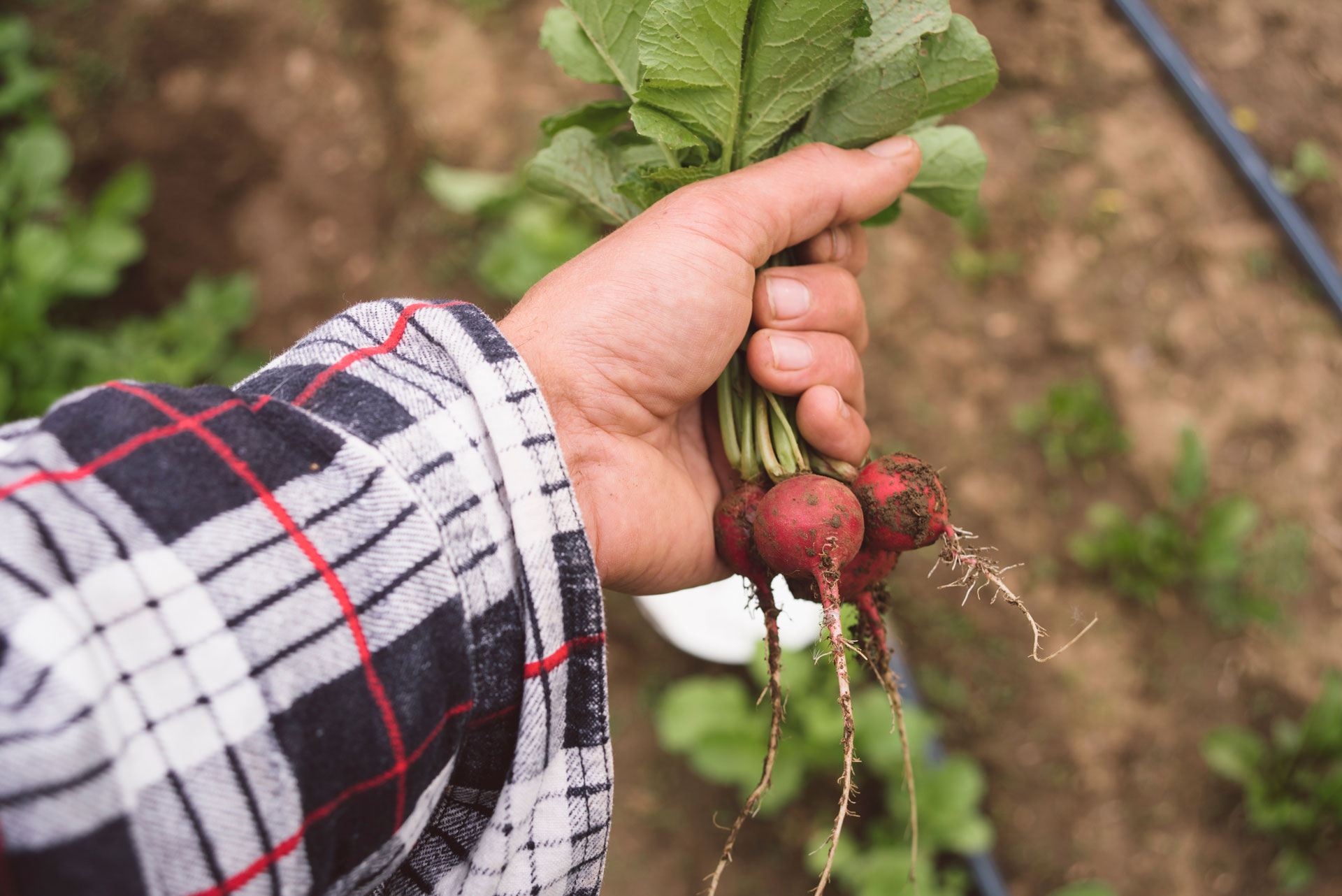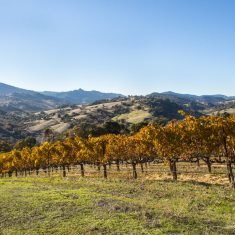Growing Our Small Farms
Eat with the seasons. Local food has more nutritional value. The message is clear that eating local food and buying from local farms is better for your health, the planet, and the local economy. Yet when you shop at a typical grocery store – where most people buy their food, it’s difficult to find food products grown or raised in Mendocino County. Large-scale corporate agriculture has a massive hold over our food system, which bodes poorly for our rural landscape, economy, and culture.
The USDA Economic Research Service defines a small family farm as an operation with gross cash farm income less than $350,000. Most farm production takes place on large-scale family farms. Since 1991, agricultural production has shifted to million-dollar farms, both family and nonfamily farms. What is needed to help small farms scale up, to produce more local food and keep the family farm business profitable? Small and mid-sized food farms can be the backbone of healthy local food and farm economies, the landscapes, and our culture.
Demand for Local Food
The number one economic driver to boost small farms is demand for their products. The term “local” is not regulated, so local could mean food farmed no farther than 100 miles away, or from anywhere in California. Most food is shipped in from large farms to Mendocino County, and it can be hard convincing people to spend a little more on food grown by small local farms. Education on the many benefits of buying from small producers has an uphill battle against cheap food and convenience.
Access to Capital
Farming is capital intensive, even for small-scale highly efficient farms; hence access to money to start up or improve farm businesses is necessary. Equipment and infrastructure, such as barns, irrigation systems, and refrigeration for perishables add up. Working capital is also needed for the numerous costs of production, such as seeds, feed, labor, and any processing.
Infrastructure support
As Mendocino County is not a major food agriculture economy anymore, farmers have to look elsewhere for suppliers and processors – vital infrastructure for the farm economy. Vendors for ordinary supplies like waxed boxes for produce or bulk organic poultry feed have to be purchased outside the county and shipped in. Processing facilities for adding value to farm products are vital supporting industries to get food from the field to people’s plates as well. Grain mills, produce packers, and USDA-inspected butchers are lacking.
New models may also be needed. How can food distribution work in a geographically vast region like Mendocino? The Mendo Lake Food Hub is currently taking on that challenge, helping small farmers access new markets. Farmer cooperatives may have a role in helping producers stop being price takers, establish parity prices, and be more profitable.
While most of us don’t live off the land, the beautiful rural landscape we drive by everyday exists because of farms and ranches. Just remember Wendell Berry’s words, “Eating is an agricultural act,” and by eating the fruits of your local farmer’s labors, you are sustaining the local culture and countryside.



